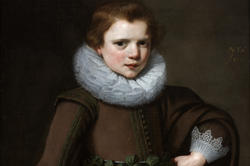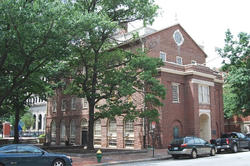SEI Fellow Jane’a Johnson studies violence, visual culture and how race is reflected in archives and museums.
Breaking with Convention
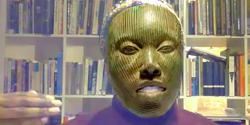
“I’m interested in disrupting the relationship between images and their agreed-upon meanings,” says Ernest A. Bryant III. “When you break those connections, there’s an opportunity to create new meaning.”
A fellow in RISD’s Center for Social Equity & Inclusion, Bryant is currently teaching a class in the Illustration department called Words, Images and Ideas that explores such concepts and gives students the opportunity to step away from digital production to experience hands-on print- and zine-making. “I believe it’s important for students to produce actual objects—haptic things—so that they can understand and be a part of long-standing traditions,” he says.
“I’m interested in disrupting the relationship between images and their agreed-upon meanings.”
Bryant studied traditional forms of painting, sculpture and printmaking at the Minneapolis College of Art and Design and later earned his MFA at Yale University School of Art before earning a second MFA in Art Writing from the New York School of Visual Arts. There he focused on criticism, art and society’s relationship to nature, molestation, conservation and homelessness. He’s also intrigued by older reflections on art, including essays on its value by Victorian-era critic John Ruskin, and 11th-century Chinese poet, writer and artist Su Shi.
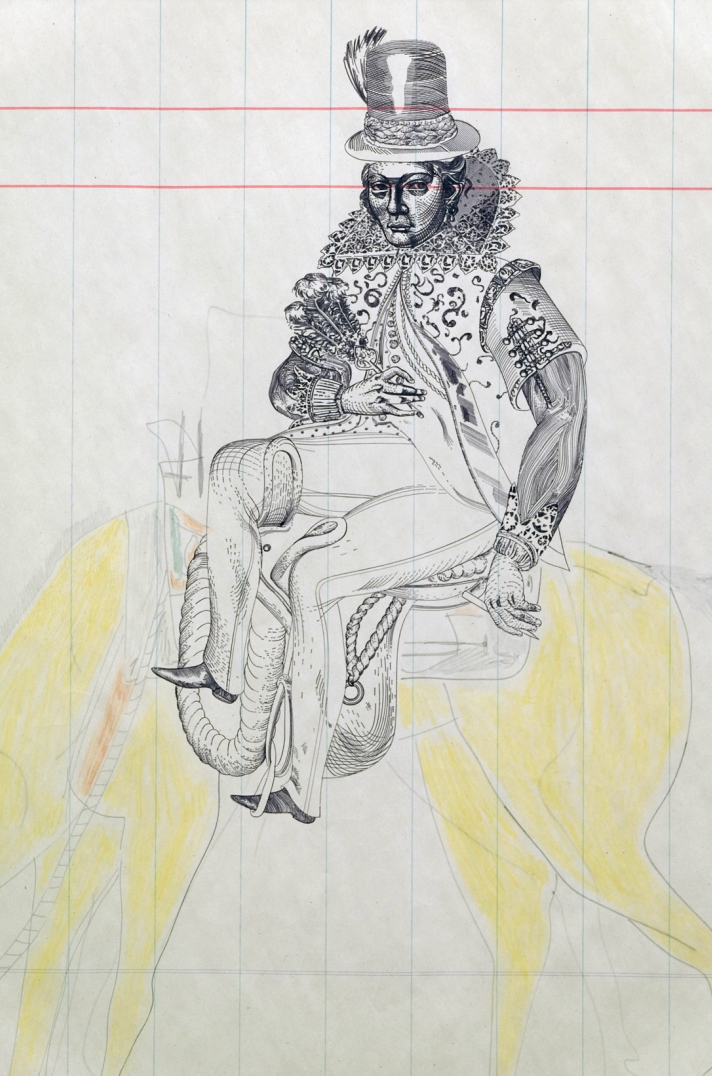
In response to age-old arguments about whether art is meant to teach or simply to add beauty to the world, Ruskin says, “The art is greatest which conveys to the mind of the spectator by any means whatsoever the greatest number of the greatest ideas.” In other words, great art makes you think. Bryant is visibly excited when he reads the quote aloud and can hardly wait to discuss it with the students in his class.
“We’re constantly bombarded by images,” he says, “and they have a real effect on our psyches. One of my goals with this course is to teach students to deconstruct these images and understand their historical context, as well as to compose images of their own.”
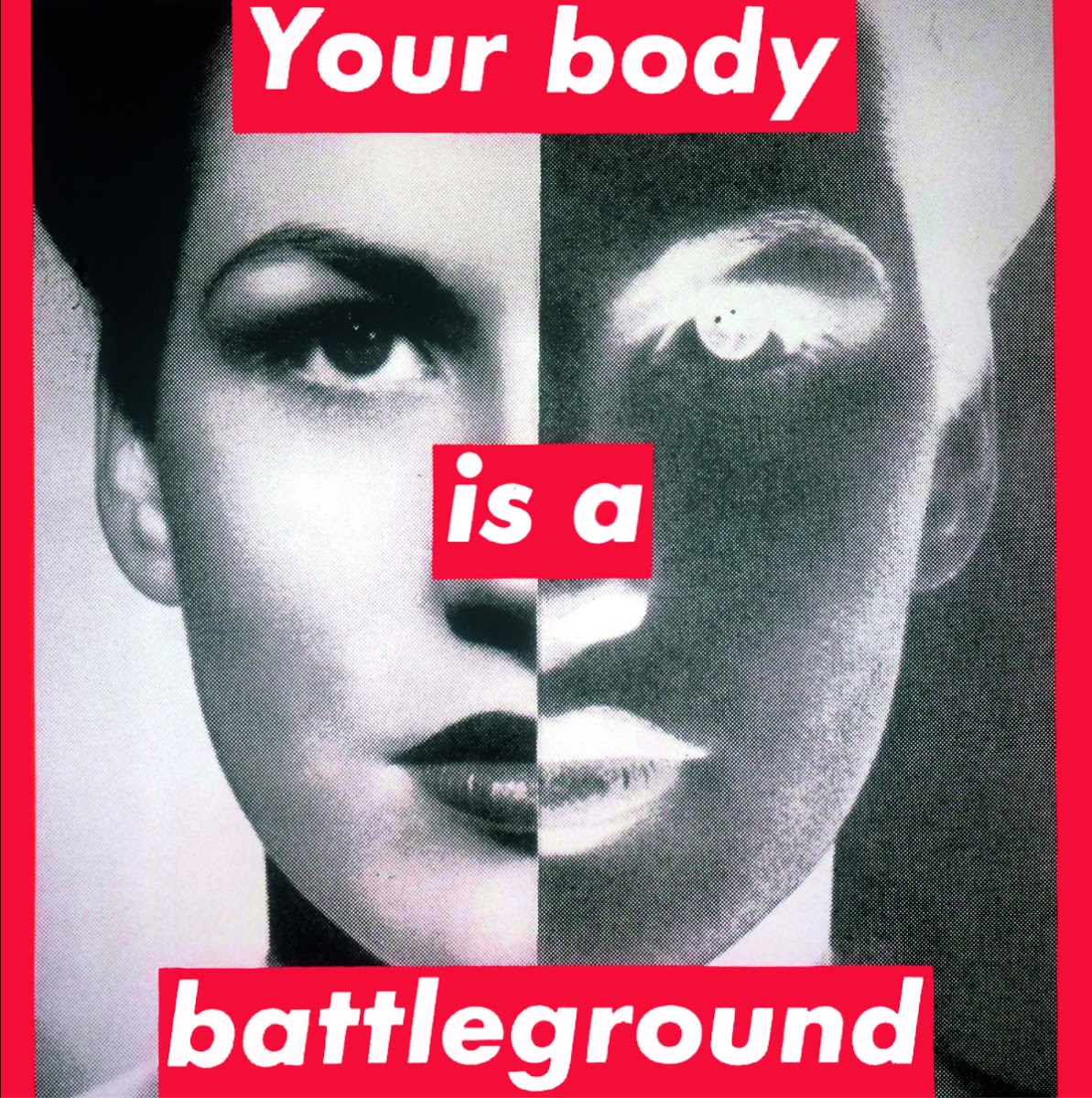
The ever-present meme is another marriage of image and text that Bryant enjoys grappling with. He plans to introduce students to “the godmother of the American meme” Barbara Kruger, one of the first artists who used text to turn the meanings of images on their heads and vice-versa. And he’ll ask them to consider how images are used in advertising to play off common biases and assumptions, citing a controversial 1980s ad intended to recruit police officers that exploited stereotypes about white law enforcement and Black criminals. “Once you read the caption, you can no longer see the image in the same way you saw it before,” Bryant notes.
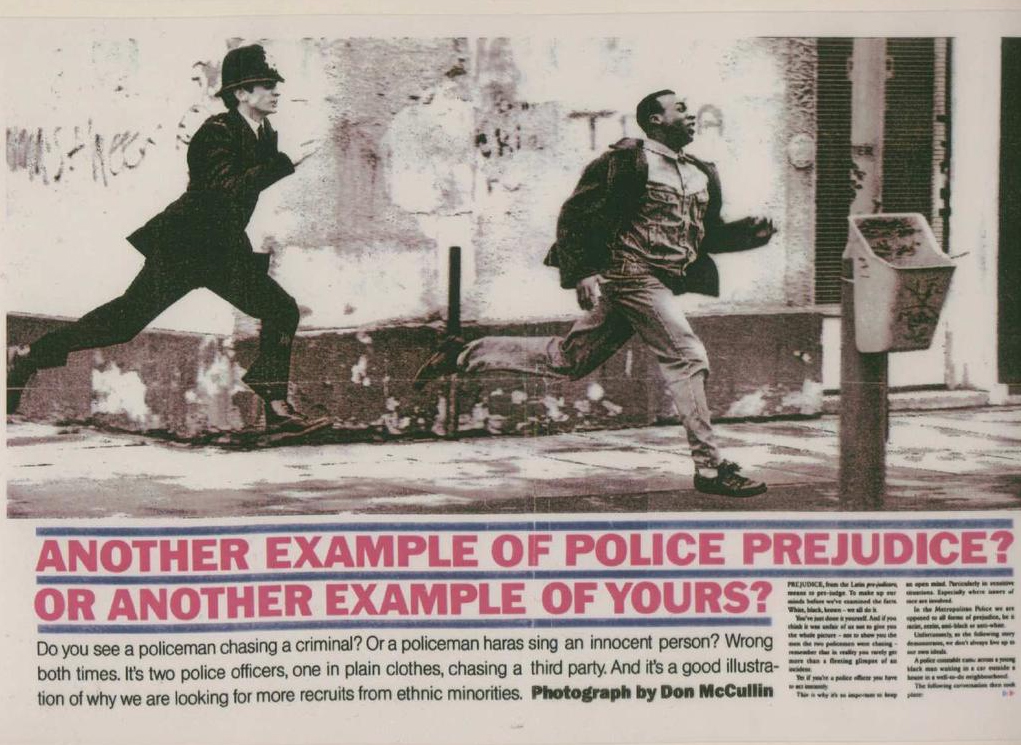
He likens the eye-opening experience to the John Carpenter film They Live, in which a special pair of glasses allows citizens of Earth to plainly see the subliminal messages being fed to them by clandestine alien rulers. “Young people really need to develop a filter like that through which to view things so they can be hyper-aware of how images are being used to mobilize them,” he says. “Deeper understanding leads to more informed decisions.”
Bryant is leading a series of experimental virtual workshops through RISD’s Teaching and Learning Lab, which help him to work through these ideas. Having arrived at RISD in the midst of the COVID-19 pandemic, he says, the serendipitous connections and interdisciplinary collaborations he was expecting have been difficult to realize. But the upside of the Zoom format is that he can create unique experiences for participants by, for example, inhabiting a bronze head from Ife (see top photo) so that the work of art delivers a lecture on art, its value and criticism, adding a surreal element to the discussion.
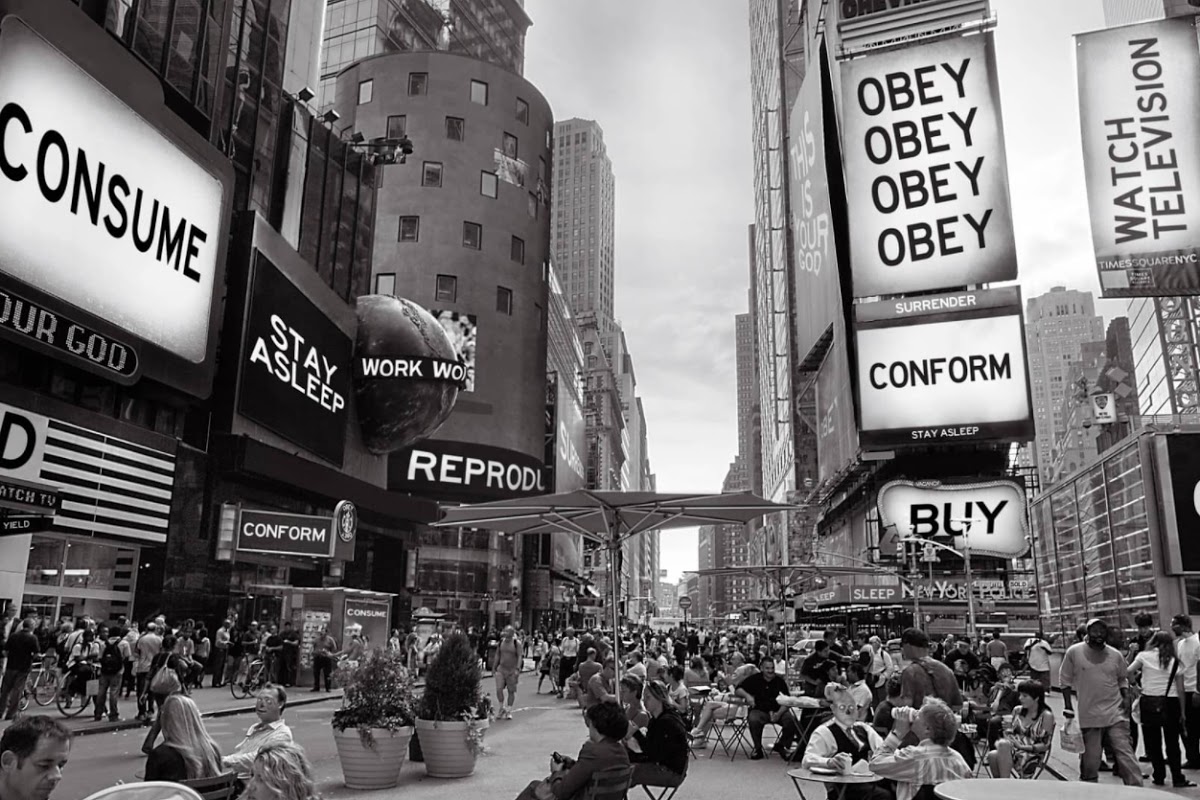
In his Providence studio, Bryant is working on a new system for quantifying attributions of value in his artwork that uses mathematical equations rather than words. “It’s a way of tracking the arithmetic that exists behind each mark that I make,” he explains. “Once you’ve translated each line of a drawing into a series of quadratic equations and cubic polynomials, representing weight, color, length, etc., you can use that data in myriad ways to produce new works, for example music generated through a MIDI program.”
The recent collaboration with programmer Vadim Kuznetsov brings the work out of the speculative and theoretical realm and has furthered Bryant’s attempts to foreground and celebrate the hidden, sometimes devalued labor that goes into every work of art and design.
—Simone Solondz
Bryant’s next experimental Criticism and Value workshop is scheduled for March 9.
March 1, 2021
